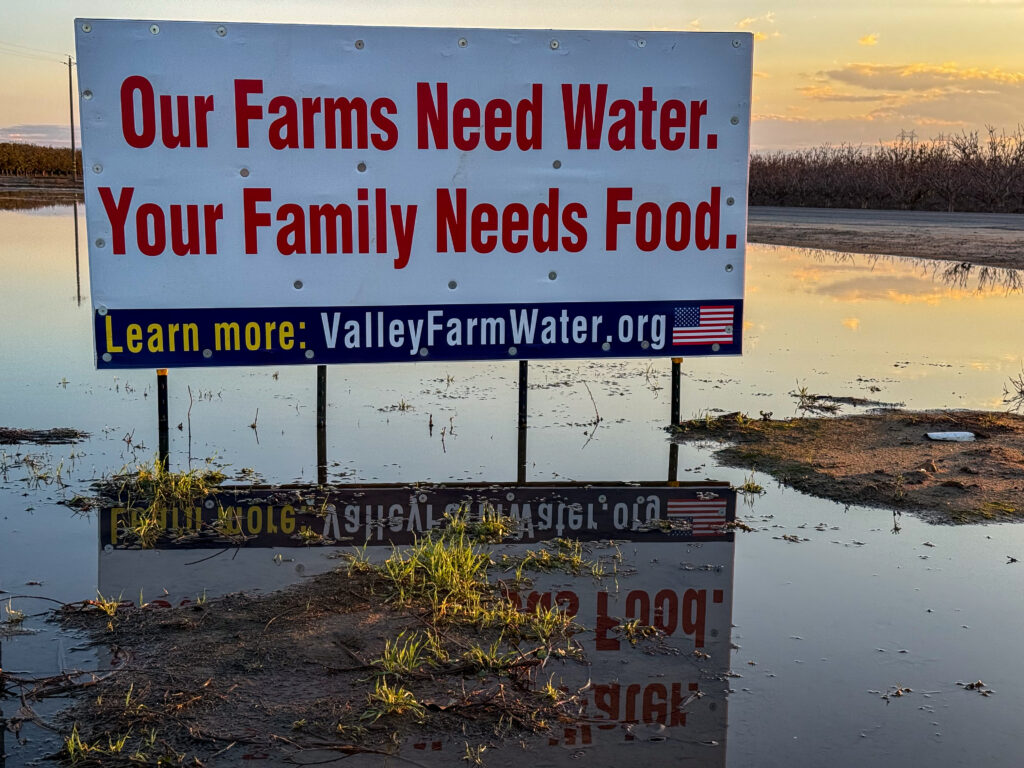
In our last installment, we were taking in the sights of Lake McClure just as night fell. Now, let’s reverse gears and go about an hour or so backwards, when I arrived at Lake Don Pedro — on the Tuolumne River east of Modesto — after an afternoon of noodling around near downtown Modesto (photo subjects: church, train station turned bus depot), Roberts Ferry Cemetery (graves) and numerous pretty spots along Highway 132, aka The Unknown (to Me) Highway, to look at trees, hills, rocks and clouds.
Highway 132, which heads east from Interstate 580 south of Tracy and goes through Modesto (city) and Empire, Waterford and LaGrange (town, town, hamlet), is the perfect route if you want to see two of California’s biggest reservoirs because a) the lakes almost touch each other and b) the road runs right between them. Here’s the map:
So I thought that I’d drive up there and see both drought-reduced lakes and, if I managed my time wisely, have time to get to a third a little further north, New Melones Reservoir, on the Stanislaus River. That was too big an if. I took it easy Sunday morning, found a few chores to do, sat and thought about it a little while, considered what a beautiful day it was, checked the time of sunset, saw that it was almost exactly 6 p.m., then finally, about 1:30.
I will say this: The light was beautiful all the way out of the Bay Area, across the Central Valley and into the foothills. As I drove out there, I wondered whether I would have enough time to happen across anything that would say anything unique about each lake. After awhile, the once-drowned, now-denuded reservoir landscape takes on a certain sameness: the red earth, the bare slopes showing the lines of the receding lake, the out-of-commission boat ramps, the house boats confined shrinking bays.
When I finally got to Lake Don Pedro — according to a credible-sounding history, it’s named after a Frenchman, Pierre Sainsevain, who came to California in the 1830s, became naturalized as a Mexican citizen, and was granted land near Santa Cruz as Don Pedro before heading to the Sierra foothills during the Gold Rush — it was 5:30 and the shadows were getting pretty long. I shot a few pictures (a couple of them are posted here). It felt haphazard. I wasn’t able to frame anything really different from what I’d seen at, say, Lake Oroville.
Then I headed to Lake McClure, But we’ve already been there, blogwise. It happened to be a more dramatic spot, the lake is much lower than Don Pedro, and the just-after-sunset light there added a dramatic element.
One other thing to note here about the appearance of the lakes in these two posts:
Lake Don Pedro is a big reservoir, with a capacity just over 2 million acre-feet. It’s 43 percent of capacity right now, and its surface elevation is 710 feet above sea level. That’s 120 feet below its “full” elevation, 830 feet. Lake McClure is about half the capacity of Don Pedro, and is currently at just 9 percent capacity. Its surface elevation is currently 605 feet — 274 feet below it’s brim-full level.

Like this:
Like Loading...





